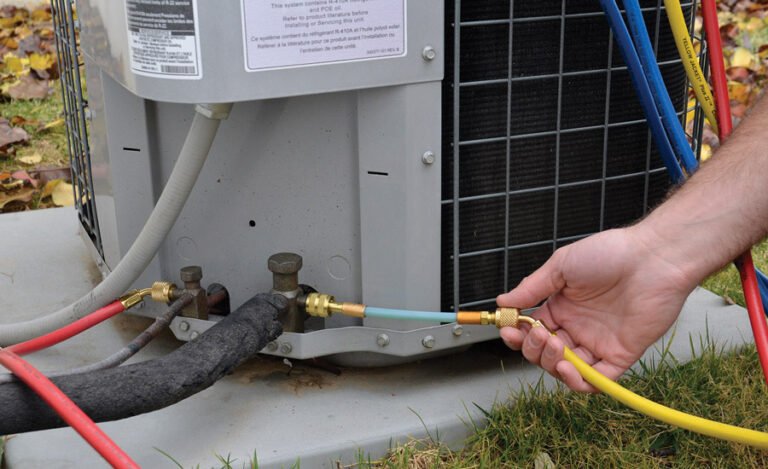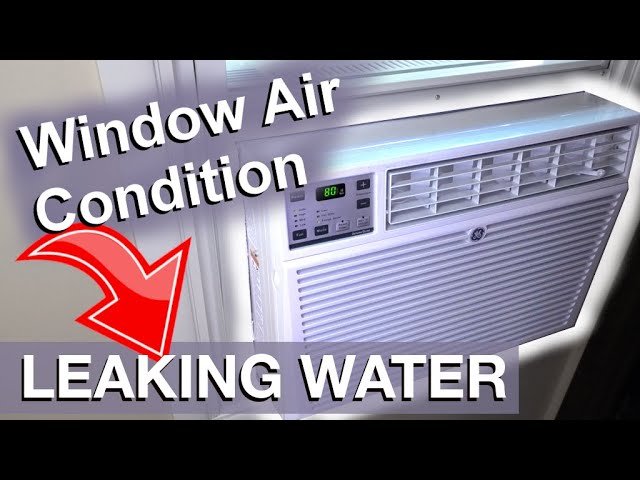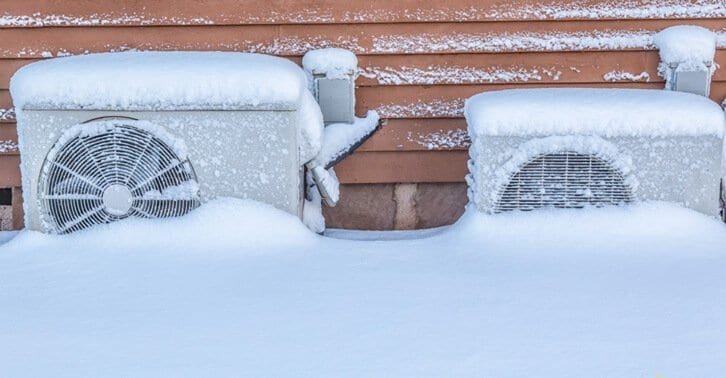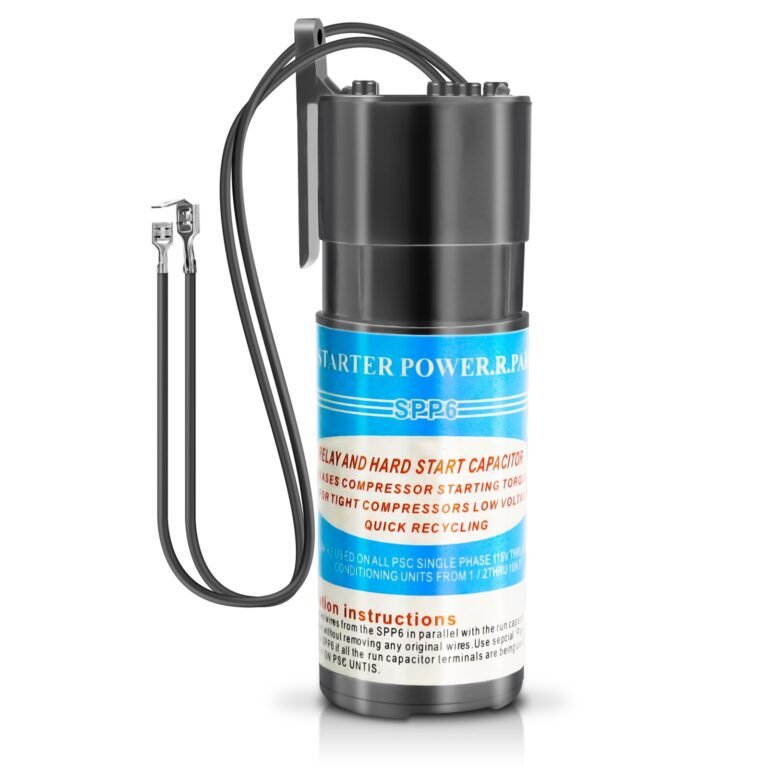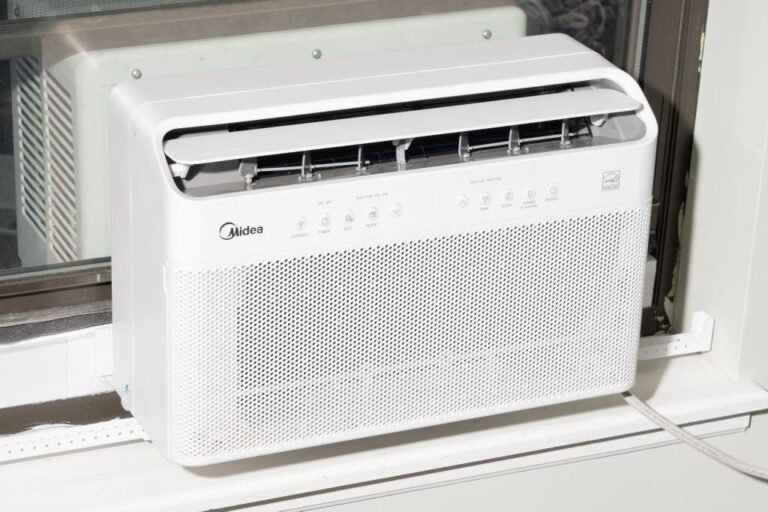Ultimate Mitsubishi Inverter Ac Error Code List PDF Guide: Troubleshoot with Ease!
The Mitsubishi Inverter AC Error Code List PDF Guide provides a comprehensive outline of error codes and step-by-step instructions to address these errors. Troubleshooting tips, causes, and solutions are included to help users solve any air conditioning issues they may encounter.
Air conditioning systems play a crucial role in maintaining indoor comfort, and Mitsubishi Inverter ACs are known for their reliability and efficiency. However, like any electronic device, they may encounter errors from time to time. The Mitsubishi Inverter AC Error Code List PDF Guide serves as a valuable resource for users to identify and troubleshoot these errors.
By outlining the various error codes and providing detailed instructions on how to address them, this guide ensures that users can resolve issues quickly and effectively. We will explore the importance of the Mitsubishi Inverter AC Error Code List PDF Guide and how it can be a useful tool for both individuals and professionals in the air conditioning industry.
Overview Of Mitsubishi Inverter Ac Error Codes
| Standard error codes and their meanings |
|---|
| When it comes to troubleshooting Mitsubishi Inverter ACs, it’s important to understand the error codes that may appear on the AC display. Here is an overview of the standard error codes and their meanings: |
|
Common Error Codes And Their Troubleshooting Tips
Common error codes are often encountered when using a Mitsubishi Inverter AC. These error codes can be helpful in troubleshooting and resolving issues with the AC unit. One common error code is the E1 error code, which indicates a communication failure between the indoor and outdoor units. This can be resolved by checking the wiring and connections between the units. Another error code is the E2 error code, which indicates a temperature sensor failure. In this case, the temperature sensor may need to be replaced. The E3 error code indicates that the fan speed is too low. This can be resolved by checking the fan motor and adjusting the speed settings. The E4 error code indicates high-pressure protection, which may be caused by a blockage or refrigerant leakage. Finally, the E5 error code indicates compressor overload, which may be caused by a faulty compressor or excessive load on the unit. Troubleshooting these error codes can help resolve issues with the Mitsubishi Inverter AC unit.
Advanced Troubleshooting Tips For Mitsubishi Inverter Ac Error Codes
| Error Code | Error Description |
|---|---|
| E6 | Indoor Unit Fan Error |
| E7 | Outdoor Fan Motor Lock |
| E8 | Indoor Unit EEPROM Parameter Error |
| E9 | Outdoor Unit EEPROM Parameter Error |
| E10 | Abnormal Indoor / Outdoor Communication |
Resolving Other Mitsubishi Inverter Ac Issues
Resolving Other Mitsubishi Inverter AC Issues
If your Mitsubishi Inverter AC is not cooling or heating properly, it could be due to various reasons. Firstly, check if the air filters are clean and not obstructed, as dirty filters can restrict airflow. Also, ensure that the temperature settings are correct and not set too high or low.
If you notice a weird noise coming from the unit, it could be a sign of a problem. Check if there are any loose or damaged parts, such as fan blades or motor components. You can also try cleaning the unit and removing any debris that may be causing the noise.
If your Mitsubishi Inverter AC does not turn on or off, it could be due to a faulty power supply or a malfunctioning control panel. In such cases, it is recommended to contact a professional technician to diagnose and resolve the issue.

Credit: www.amazon.com
Frequently Asked Questions On Mitsubishi Inverter Ac Error Code List Pdf Guide
What Is The Error Code Up On Mitsubishi Electric Ac?
The error code on Mitsubishi Electric AC can be found in the Mitsubishi Inverter AC Error Code List PDF Guide. You can download the guide to understand and troubleshoot the error codes.
What Is The Code E01 On A Mhi Fault?
Code E01 on a MHI fault indicates an error in the Mitsubishi Heavy Industries Air Conditioning system. It requires troubleshooting to identify the specific issue. Refer to the Mitsubishi Inverter AC Error Code List PDF Guide for step-by-step instructions to address this error.
What Is The E6 Fault On A Mhi?
The E6 fault on a MHI is an error code indicating a communication failure between the indoor and outdoor units.
How Do You Read A Mitsubishi Mini Split Error Code?
To read a Mitsubishi mini split error code, refer to the AC display for any error codes. You can find a comprehensive list of error codes in Mitsubishi’s Inverter AC Error Code List PDF with a guide. This document provides step-by-step instructions to address these errors.
What Are The Common Error Codes In Mitsubishi Inverter Ac?
The common error codes in Mitsubishi Inverter AC include E0, E1, E2, E5, E6, E7, E8, and E9.
How Do I Troubleshoot An E0 Error Code In Mitsubishi Inverter Ac?
To troubleshoot an E0 error code in Mitsubishi Inverter AC, you can try checking the power supply, cleaning the air filters, and ensuring proper installation.
What Does The E1 Error Code Indicate In Mitsubishi Inverter Ac?
The E1 error code in Mitsubishi Inverter AC indicates a high-temperature or overheating issue. Cleaning the air filters and ensuring proper ventilation can help resolve this error.
How Can I Fix The E5 Error Code In Mitsubishi Inverter Ac?
The E5 error code in Mitsubishi Inverter AC indicates a faulty or damaged temperature sensor. Contacting a professional technician for sensor replacement is recommended.
Conclusion
This Mitsubishi Inverter AC Error Code List PDF Guide provides a comprehensive resource for troubleshooting and addressing error codes on Mitsubishi air conditioners. With step-by-step instructions and easy-to-understand explanations, this guide is a valuable tool for anyone in need of assistance with their AC unit.
By referencing this guide, users can quickly identify and resolve any issues they may encounter, ensuring efficient and effective cooling for their homes or businesses.

